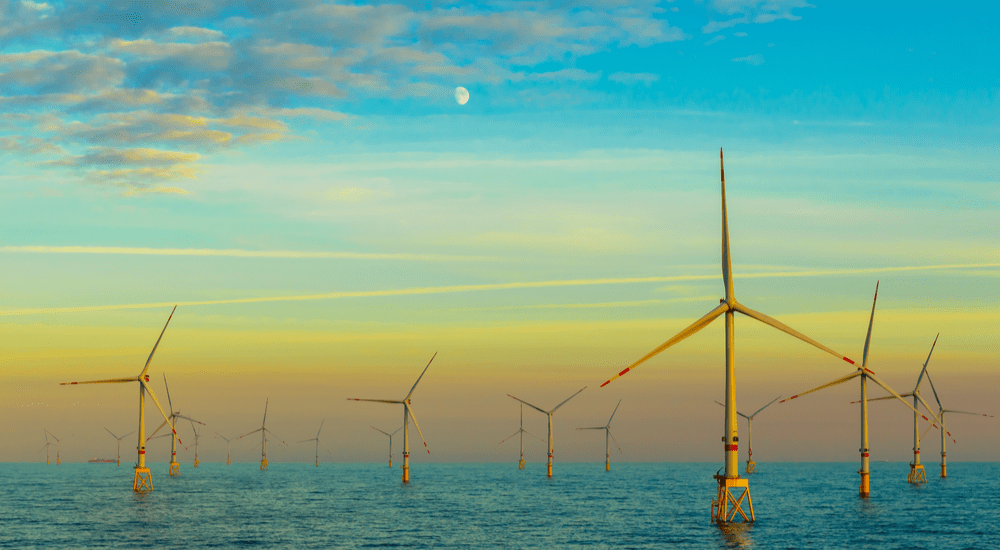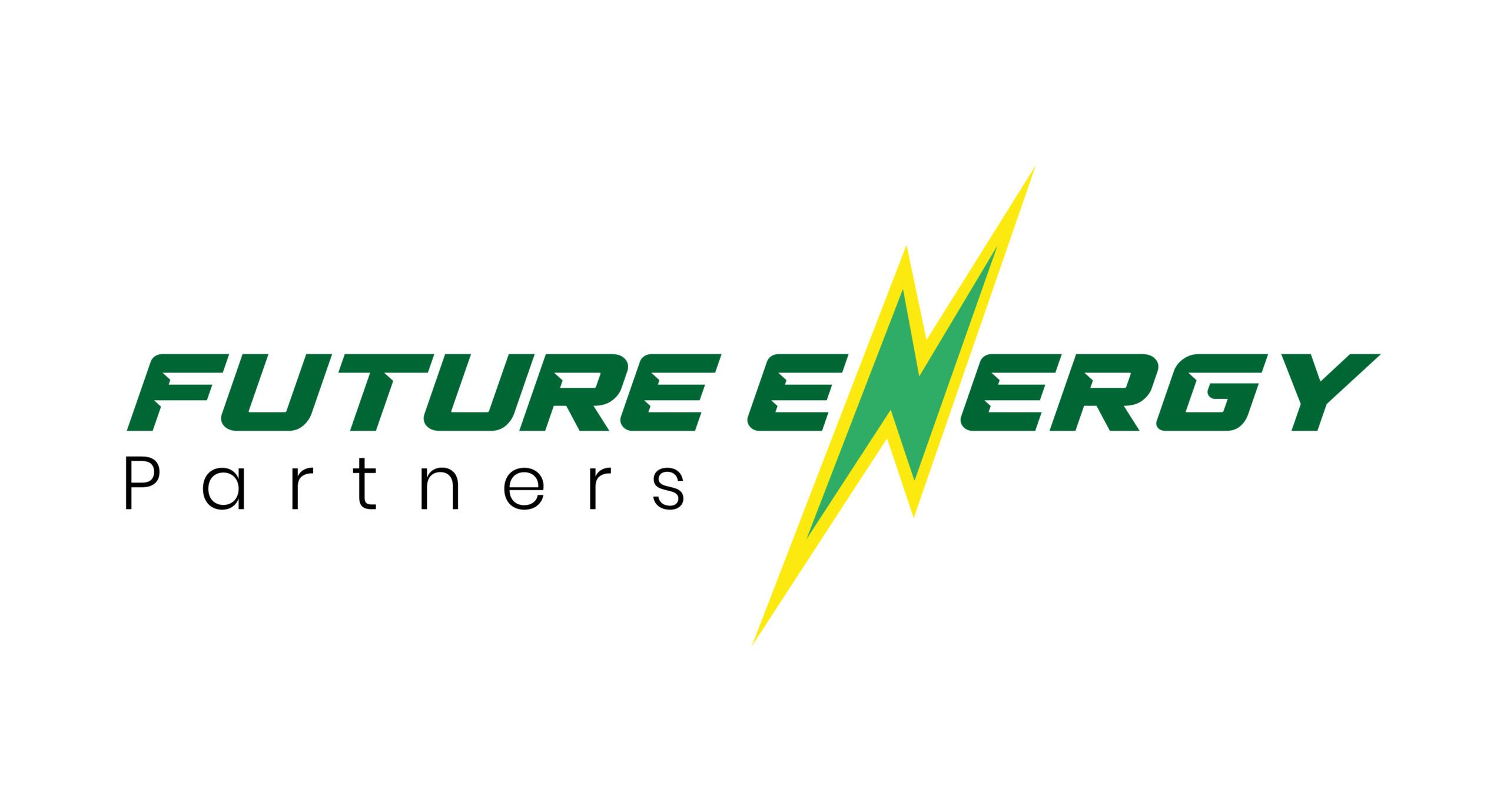Electrification of the North Sea Oil and Gas fields
- 19 February 2021
- Posted by: Future Energy
- Category: Energy

In the first part of this blog series, a bit of time was spent exploring technologies used to date in Electrification of off shore installations.
For any readers who didn’t catch the first blog; Electrification is the name being used for the replacement of traditional Gas / Diesel sourced electrical energy produced on offshore facilities with renewable energy, resulting in a reduction in greenhouse gas emissions.
AC cable systems from onshore transmission system have dominated to date, with the specific case of Beatrice Demonstrator being an example where wind turbines have been installed nearby a centre of load.
So, this all seems very simple; we’ve got a load, let’s just lay a cable between the onshore Transmission system and an offshore facility. Unfortunately, such are the losses in a conventional AC cable system; that this is a technical and economic challenge as the distance between source and end user increases.
In fact, the accepted limit for an AC subsea power cable is approximately 160 km varying slightly according to operating voltage.


The losses and technical problems with AC transmission may be addressed by switching to a DC transmission system, but again there is a significant but different downside as high power rated, AC/DC and DC/AC power conversion equipment is large, heavy, technologically complex and costly.
In the Norwegian sector, there has been huge efforts in this respect, with Equinor announcing Snorre and Gullfax fields planned for wind turbine installation to reduce gas turbine use.
This in addition to the power from shore to Johan Sverdrup, Edvard Grieg, Ivar Aasen, Gudrun, Gina Krog and Sleipner fields utilising HVDC technology. Troll A was electrified in 1996 and work is currently underway to investigate possibility of supply Troll B and C and the Oseburg field.
So how is the challenge of bringing clean energy to UK North Sea fields to be addressed ? One possible scenario is to look at utilising a redundant platform to be furnished as a central receiving station for HVDC coming from the United Kingdom or possibly (as proposed by BP in the early 2000s from Norway).
This is only a partial solution as there is still a need for substantial interfield infrastructure to be invested in, either by further HVDC or HVAC subsea cables.


The ability to use decommissioned infrastructure, is similar to what BP were trying to implement however, apparently this scheme did not go ahead due to the sale of the Forties to Apache; it is believed that other operators felt the same.
Therefore, there are not only technical but commercial challenges which are just as critical if the maximum benefit is to be reaped.
A commercial model will have to be adopted based on time to Cessation of Production and not just on MW demand.
Another piece of the jigsaw which wasn’t available at the time of the BP initiative is of course Offshore Wind Turbines.
Given floating turbines are now available, several in clusters could potentially be embedded at suitable points in an interconnected offshore electrical transmission grid. Having some generation capability topologically spread within a network, could help greatly with the stabilising network response.


If there is to be a significant electrification of offshore oil and gas fields in the UK North Sea and other locations such as Gulf of Mexico, then a collaborative approach is required and it makes sense that one body should take a lead to pull together affected operators.
It is naïve to believe that a benevolent operator will fulfil this role and it feels like instead this should be undertaken by an industry body such as the OGA in order to pull a framework for all operators associated with CoP dates further than say 5 years to cooperate.
Future Energy Partners provides clean energy options and practical solutions for clients. We can evaluate electrification, and other renewable power opportunities in the offshore and onshore sectors. We pride ourselves in being a consultancy that is dedicated to bringing the supply of energy that is required in today’s modern world in a responsible and professional manner, with due recognition of the global challenges facing society and a detailed understanding of the business imperatives.
Alan Dalglish is a graduate of University of Strathclyde where he studied Electrical and Electronic Engineering. After beginning his career in Power System Analysis, Alan spent time in Power Station design before moving into the international oil and gas market where he has been involved in EPC relationships on both client and contractor side. He is now firmly committed to supporting energy transition as focus turns to energy storage, hydrogen and other technologies.
We are grateful to Future Energy Partner for helping us though the ISO certification process. The implementation of ISO standards is what differentiates as a company from our competitors and demonstrates our commitment to Occupational Health and Safety Management.


Leave a Reply Cancel reply
You must be logged in to post a comment.
